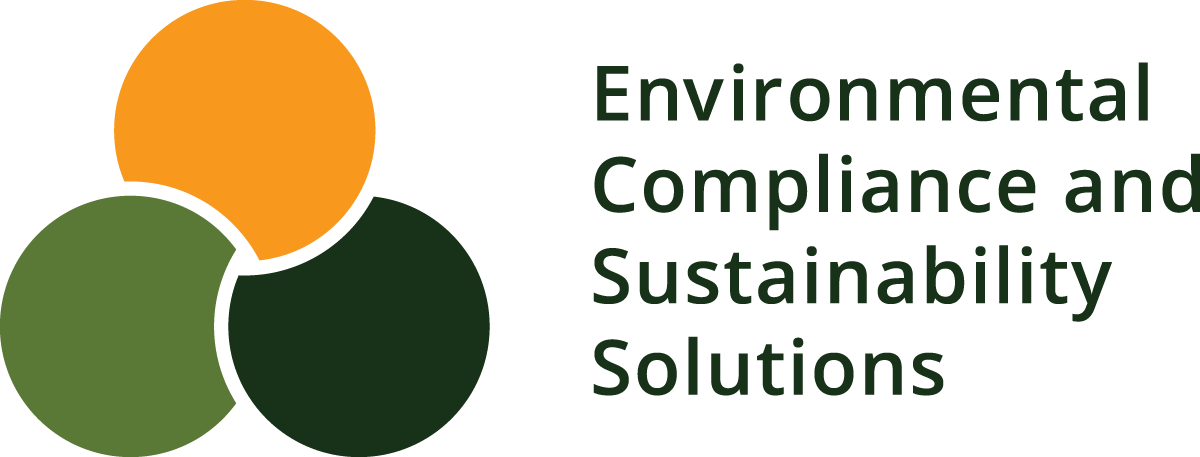Your Ultimate NPRI Reporting Guide: Navigate Requirements with Confidence!
The deadline for reporting to the National Pollutant Release Inventory (NPRI) for the 2024 calendar year is June 2, 2025! Do you need to report? And if yes, are you ready?

Understanding the requirements for NPRI reporting means identifying whether your facility meets the reporting criteria. Your facility must report if it meets:
- The employee threshold, and
- Substance criteria.
Additionally, mandatory reporting exists for specific facilities, such as pipeline installations or those subject to the Chromium Electroplating, Chromium Anodizing, and Reverse Etching Regulations, regardless of employee thresholds. Below, we explain the employee threshold and substance criteria in detail.
Employee Threshold
Your facility meets the employee threshold for NPRI reporting if is has 20,000 hours or more employee working hours during the calendar year. This is approximately equivalent to 10 full-time employees.
However, there are two major exceptions to the employee threshold for NPRI reporting where reporting is required even if you don’t meet the 20,000 hours of employee working hours.
Exception no. 1: If your facility is involved in:
- Various types of waste incineration.
- Wood preservation processes.
- Terminals, pits, or quarries.
- Discharging over 10,000 m³/day of wastewater into surface water.
Exception No. 2: If your facility meets the reporting criteria for Part 4 Substances Criteria Air Contaminants (CACs), reporting is still required regardless of employee working hours.
Substance Criteria
Your facility must also meet the reporting criteria for substances listed in the NPRI substance list. There are five different substance lists, each with its own mass and reporting thresholds:
- Parts 1A & 1B: Core substances and alternate threshold substances.
- Part 2: Polycyclic Aromatic Hydrocarbons (PAHs).
- Part 3: Dioxins, furans, and hexachlorobenzene.
- Part 4: Criteria Air Contaminants (CACs).
- Part 5: Speciated Volatile Organic Compounds (VOCs).
One of the terms frequently used in the reporting substance reporting criteria is the phrase “manufacturing, processing and otherwise used.” To determine if you meet the NPRI reporting thresholds, it’s essential to understand what is meant by this term.
One of the terms frequently used in the reporting substance reporting criteria is the phrase “manufacturing, processing and otherwise used.” To determine if you meet the NPRI reporting thresholds, it’s essential to understand what is meant by this term.
- Manufacture: To produce, prepare, or compound an NPRI substance, including by-products. Example: Producing chlorine dioxide or hydrochloric acid as by-products during chemical processes.
- Process: To prepare an NPRI substance for distribution in commerce, either with or without changes in its physical state or chemical form. Example: Using chlorine to manufacture hypochloric acid or blending toluene and xylene for paint solvent mixtures.
- Otherwise Use: Any use, disposal, or release of an NPRI substance not covered by manufacture or process. Example: Using trichloroethylene in maintaining manufacturing and process equipment.
In summary, understanding whether your facility meets the NPRI reporting criteria involves evaluating employee hours, specific operational exceptions, and your use of substances on the NPRI list. Make sure to assess these factors thoroughly to ensure compliance.
Get the expert assistance you need for preparing and submitting your NPRI report! Reach out to ECSS today to ensure your facility meets all reporting requirements seamlessly. Contact us now and take the stress out of NPRI compliance.





